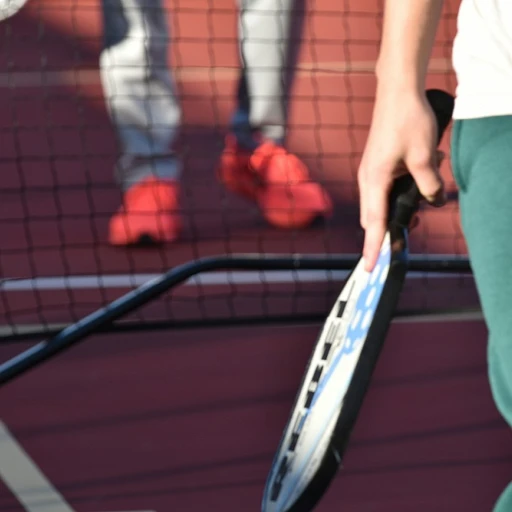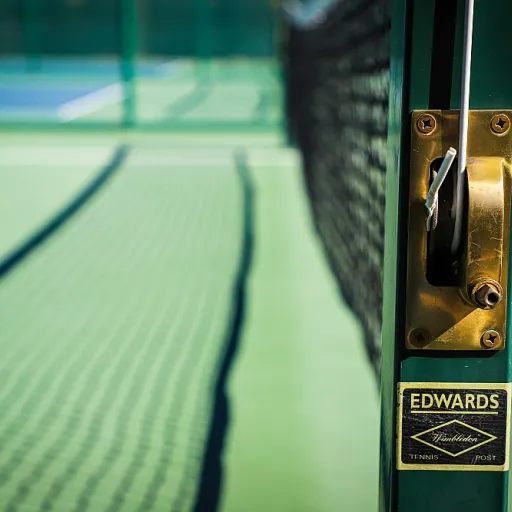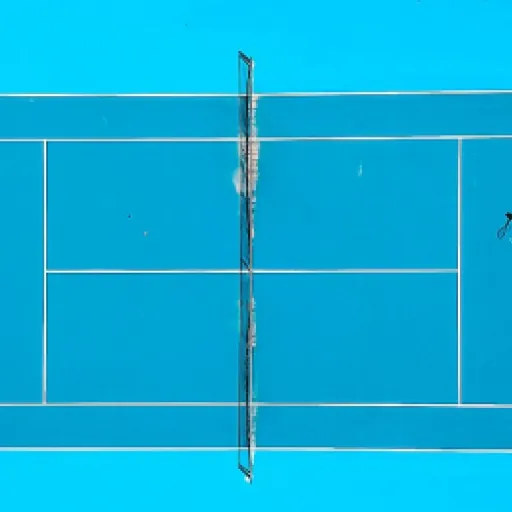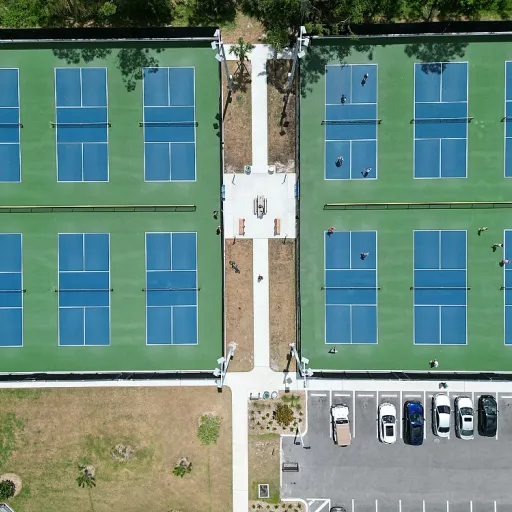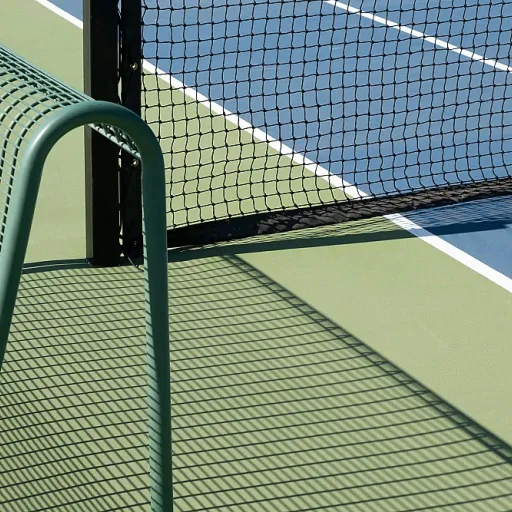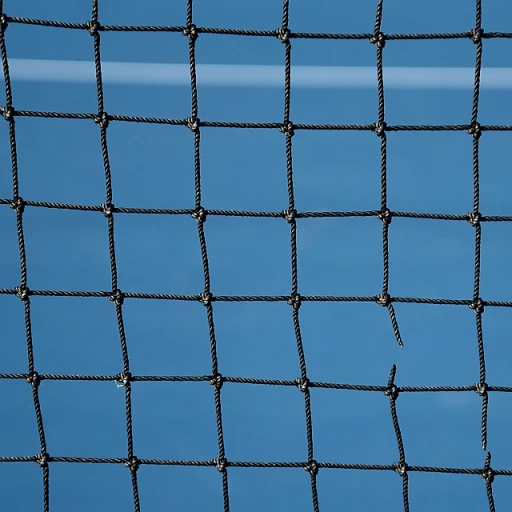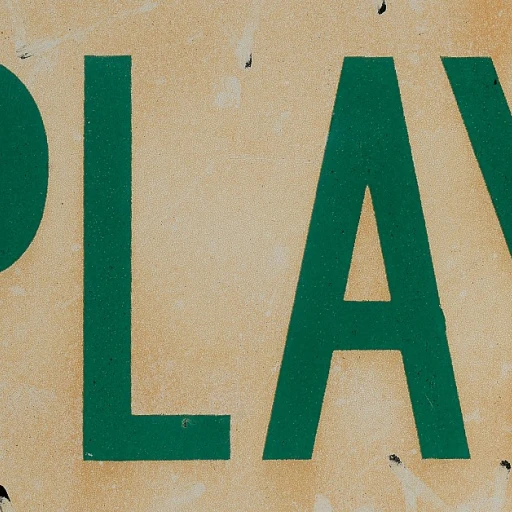
Understanding different types of pickleball courts
Exploring Court Types: Permanent, Portable, and Modular Options
When searching for the right pickleball court for sale, understanding the main types of courts available is essential. Each option comes with its own set of features, price points, and installation requirements. The choice you make will impact your playing experience, maintenance needs, and overall satisfaction.
- Permanent Courts: These are built directly onto a dedicated surface, often using concrete or asphalt. Permanent courts are ideal for clubs, schools, or homeowners with enough space. They offer a professional playing experience, consistent ball bounce, and long-term durability. However, the unit price and installation can be higher compared to other options.
- Portable Pickleball Courts: Portable options are designed for easy setup and removal. They typically use court flooring tiles or roll-out mats, making them suitable for both indoor and outdoor use. Portable pickleball courts are perfect for those with limited space or who want flexibility. Look for products that include a portable pickleball net, court lines, and a complete kit for quick assembly.
- Modular Court Systems: Modular courts use interlocking tiles that snap together to create a customizable playing surface. These systems are popular for their easy installation, low maintenance, and ability to adapt to different size pickleball areas. Modular courts can be installed over existing surfaces and often come in various colors, including blue and light blue, to enhance visibility and aesthetics.
Surface Materials and Court Features
The surface of your pickleball court affects playability and maintenance. Outdoor pickleball courts typically use weather-resistant materials, while indoor options may focus on comfort and ball bounce. Court flooring can range from acrylic coatings to advanced modular tiles. When comparing products, consider the quality of the court surface, the clarity of court lines, and whether the kit includes a high-quality pickleball net.
Size and Layout Considerations
Pickleball courts come in standard sizes, but there are products small enough for compact spaces. Regulation courts measure 20 feet by 44 feet, but smaller kits are available for practice or limited areas. Pay attention to the lines areas, ensuring they are clearly marked for accurate play. Some kits offer blue light or light blue lines for better visibility, especially in outdoor settings.
Delivery and Installation Options
When evaluating your options, check if the product ships directly to your location and whether delivery is included in the price sale. Some companies offer easy installation guides or professional services to help set up your new court. For a real-world example of a popular court system, you can explore the Columbia Gateway Pickleball Court to see how different court types and features come together in a community setting.
Key features to look for in a pickleball court
Essential Elements for Choosing Your Pickleball Court
When searching for the right pickleball court for sale, it’s important to focus on features that match your playing needs and environment. The right court can make a big difference in your game, whether you’re looking for a portable pickleball setup or a permanent outdoor pickleball court. Here are some key aspects to consider:
- Court Size and Layout: Standard size pickleball courts measure 20 by 44 feet, but products small enough for limited spaces are available. Make sure the court lines and areas are clearly marked for accurate play. Some kits include pre-marked lines or easy-to-apply court lines for convenience.
- Surface Material: Court surface options range from interlocking system tiles to acrylic coatings. Interlocking tiles are popular for their easy installation and durability, especially for outdoor pickleball courts. Look for surfaces that provide consistent ball bounce and are suitable for both indoor outdoor use.
- Portability: If you need flexibility, consider a portable pickleball court or a kit that ships with all necessary components. Portable options often include a court flooring system, net, and court lines that can be set up or packed away quickly. This is ideal for those who want to play in multiple locations or have limited space.
- Net System: A quality pickleball net is essential. Some products offer a pro pickleball net with adjustable height and sturdy frames. Check if the net is included in the kit or if it needs to be purchased separately.
- Color and Visibility: Many players prefer blue or light blue court surfaces for better ball visibility, especially in outdoor settings. Blue light hues can help distinguish the court lines and improve focus during play.
- Installation and Delivery: Some courts are designed for easy installation, with clear instructions and minimal tools required. Consider options that offer quick delivery and reliable shipping, so your court arrives ready for setup.
For a closer look at a real-world example of a well-designed court, check out this exploring the Columbia Gateway pickleball court article. It provides insights into court features and layout that can help guide your decision.
Remember, the right combination of court surface, net system, and installation method can impact both the price and your overall playing experience. Take time to compare unit price, product quality, and available options before making a purchase.
Factors influencing the price of a pickleball court
What Drives the Cost of a Pickleball Court?
When searching for a pickleball court for sale, understanding what influences the price can help you make a smart investment. The cost of a court is shaped by several factors, from the type of court system to the quality of materials and the features included in the kit. Here’s a breakdown of the main elements that affect the unit price:
- Court Size and Surface: The size of the pickleball court—whether it’s a full-size or a small practice area—directly impacts the price. Larger courts require more surface material, such as interlocking tiles or court flooring, which increases costs. The choice between outdoor pickleball and indoor outdoor surfaces also matters. High-quality surfaces designed for optimal ball bounce and weather resistance, like blue or light blue tiles, tend to be more expensive.
- Portable vs. Permanent Options: Portable pickleball courts and nets offer flexibility and easy installation, making them popular for those who need a temporary setup. These products are generally more affordable than permanent installations but may not provide the same durability or pro pickleball experience.
- Included Features: Some courts come as a complete kit, including a pickleball net, court lines, and even delivery. Others may only offer the court surface, requiring you to purchase additional products like nets or line marking kits separately. The more comprehensive the package, the higher the price sale.
- Installation Complexity: Easy-to-install court systems, such as interlocking tiles, can reduce labor costs. However, if your location requires special preparation or if you need professional installation, expect the price to rise. Complex installations, especially for outdoor courts, may involve extra work to ensure proper drainage and surface leveling.
- Customization and Color: Custom lines, areas, and color choices like blue light or traditional green can add to the cost. Customization ensures your court matches your preferences but may increase both the product and installation price.
- Shipping and Delivery: The cost to ship large court systems or heavy court flooring can be significant, especially for outdoor pickleball courts. Some sellers include delivery in the price, while others charge separately.
When comparing options, consider not just the initial price but also the long-term value, including maintenance needs and the quality of the ball court surface. For a deeper look at market trends and business opportunities in the pickleball industry, check out this guide to the pickleball business market.
Installation tips and common challenges
Preparing Your Space for a Smooth Court Setup
Before installing a pickleball court, it’s important to assess your available space. The standard size pickleball court is 20 by 44 feet, but there are portable options and products small enough for limited areas. Make sure the ground is level and free of debris. For outdoor pickleball courts, consider the direction of sunlight and wind, which can affect ball bounce and playability.
Choosing the Right Court Surface and System
The court surface is a key factor for both performance and maintenance. Many choose interlocking system tiles for easy installation and durability. These tiles often come in blue or light blue, which can help with visibility and aesthetics. If you’re looking for a pro pickleball experience, select a court flooring product designed for consistent ball bounce and weather resistance. For indoor outdoor use, make sure the surface is non-slip and suitable for both environments.
Setting Up Court Lines and Nets
Accurate court lines are essential for fair play. Some kits include pre-marked lines or adhesive strips, making installation easier. Portable pickleball nets are popular for temporary setups, but ensure the net meets regulation height and is stable. For permanent installations, a fixed net system may be preferable. Double-check the lines areas for correct dimensions and clear visibility.
Common Challenges and How to Overcome Them
- Uneven Surfaces: Use court flooring tiles to create a level playing area.
- Weather Exposure: Choose outdoor-rated products that resist fading and moisture.
- Limited Space: Opt for products small or portable pickleball court kits that fit your area.
- Delivery Delays: Confirm delivery times and check if the court ships as a complete kit or in separate parts.
Installation Tips for a Hassle-Free Experience
- Read all product instructions before starting.
- Lay out all components, including the pickleball net, court lines, and tiles, before assembly.
- For interlocking system tiles, start from one corner and work outward for best alignment.
- Check the unit price of each product to ensure you stay within your budget.
- If installing a blue light or lighting system, plan wiring and placement in advance.
Whether you’re building a permanent ball court or setting up a portable pickleball system, careful planning and the right products make installation easy and enjoyable.
Maintenance and care for your pickleball court
Keeping Your Pickleball Court in Top Shape
Maintaining a pickleball court, whether it’s a portable option or a permanent outdoor installation, is essential for safety, playability, and long-term value. The right care routine can help you get the most from your investment, no matter the size or surface type.- Surface Cleaning: Regularly sweep or blow off debris like leaves, dust, and dirt from the court surface. For outdoor pickleball courts, occasional washing with water and mild soap helps prevent buildup that can affect ball bounce and player safety.
- Inspecting Court Lines: Check that court lines remain visible and intact. Faded lines can be touched up with paint or court tape, especially on modular tiles or interlocking systems. Consistent lines are crucial for accurate play and professional appearance.
- Net and Post Care: Examine the pickleball net and posts for wear, sagging, or rust. Tighten or replace as needed. For portable pickleball nets, ensure the kit is stored dry and assembled correctly for each use.
- Tile and Flooring Checks: For courts with interlocking tiles or court flooring, inspect for loose or damaged pieces. Replace any broken tiles promptly to maintain a smooth playing area and avoid tripping hazards.
- Lighting and Accessories: If your court uses blue light or other lighting systems for evening play, check bulbs and wiring regularly. Clean light fixtures to ensure optimal visibility.
- Weather Protection: For outdoor courts, consider covers or wind screens to protect the surface and net from harsh weather. UV exposure can fade blue or light blue court surfaces, so periodic inspection is important.
Simple Steps for Longevity
- Store portable products small, like nets and balls, in a dry area to prevent mold or warping.
- Avoid dragging heavy equipment across the court surface to prevent scratches or damage.
- Schedule professional inspections for larger court systems or when you notice uneven ball bounce or surface issues.
Budgeting for Maintenance
Maintenance costs can vary based on court size, surface type, and whether your court is indoor or outdoor. Portable pickleball courts and kits generally have lower upkeep, while permanent installations might require more regular attention. Factoring these costs into your overall unit price helps you plan for the long-term enjoyment of your pickleball court. By following these easy care tips, you’ll keep your court ready for play and protect your investment, whether you’re a casual player or aiming for pro pickleball standards.Where to find reputable pickleball courts for sale
Trusted sources for buying pickleball courts
Finding the right pickleball court for sale means knowing where to look for reputable products and reliable service. Whether you need a portable pickleball court, a full-size outdoor system, or a small kit for your backyard, the marketplace offers a range of options. Here are some of the most common and trusted sources:- Specialty sports retailers: These stores often carry dedicated pickleball court products, including court flooring, interlocking tiles, and portable nets. They usually provide detailed information on court size, surface type, and unit price, making it easier to compare options.
- Online marketplaces: Major platforms feature a wide selection of pickleball courts and accessories. Look for sellers with high ratings and clear product descriptions, especially regarding court surface, lines, and installation kits. Check if the product ships to your location and review delivery times.
- Direct from manufacturers: Buying directly from a court system manufacturer can offer better pricing and customization. You’ll often find options for both indoor and outdoor pickleball courts, with choices in color (like blue or light blue), court lines, and surface materials. Manufacturers may also provide installation support and warranty details.
- Local sports equipment dealers: These businesses can offer hands-on advice and may have demo courts for you to test ball bounce and surface quality. They can also guide you on the best court size for your space and help with installation tips.
What to check before purchasing
- Product details: Review the court’s size, surface type, and whether it’s suitable for indoor outdoor use. Confirm if the court flooring uses an interlocking system for easy installation.
- Included accessories: Some kits come with a pickleball net, court lines, and even balls. Check if the package covers everything you need or if you’ll need to buy additional products small or large.
- Price and delivery: Compare the unit price and total price sale, including shipping costs. Some sellers offer free delivery or special deals on outdoor pickleball courts.
- Customer support: Reliable sellers provide clear contact information, installation guides, and after-sales support. This is especially important if you’re new to court installation or need help with maintenance.
Tips for a smooth buying experience
- Read customer reviews to gauge product quality and seller reliability.
- Ask about warranty coverage for court surface and net systems.
- Check if the court system is easy to assemble and if it fits your available space.
- Consider color options like blue or light blue to match your preferences or improve visibility under blue light conditions.



